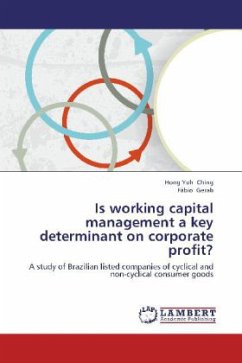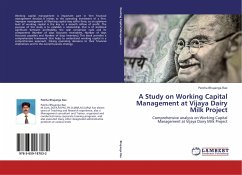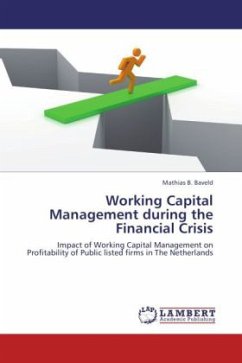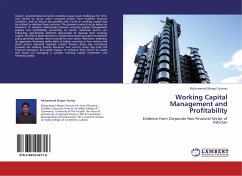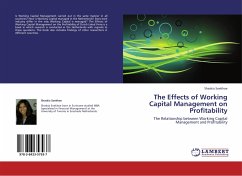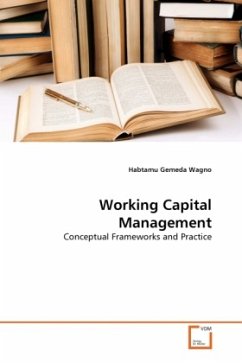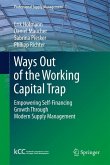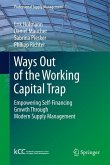The purpose of this book is to study the impact of the working capital management in corporate profit. Moreover, to study whether this impact is distinct for companies that use working capital intensively when compared with companies that use fixed capital intensively in their business environment. The authors selected 33 companies from the industrial sector in Brazil in two distinct groups. The first group is formed of companies from the cyclical consumer goods industry with current asset greater than 50% of their total asset. The other one is non-cyclical goods industry, with companies with non-current asset concentrated in fixed asset. The authors applied multivariate statistical methods to identify the working capital management together with other main components of financial structure. The working capital indicators were less able to explain the behavior of corporate profit and this inability was similar for both groups of companies. This raises the issue of the real importance of working capital management on corporate profitability, when compared to the other components involved. The findings in the book corroborate for a lower importance of working capital management.
Bitte wählen Sie Ihr Anliegen aus.
Rechnungen
Retourenschein anfordern
Bestellstatus
Storno

